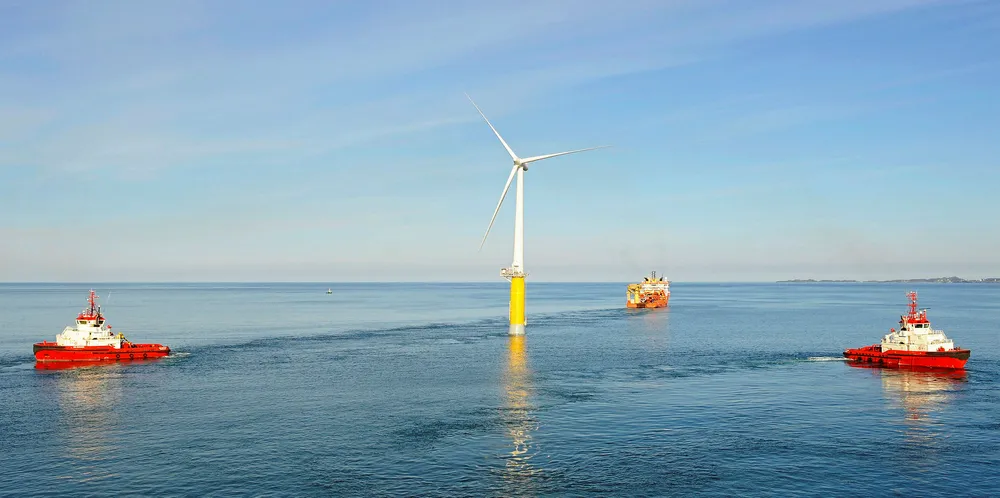Floating wind, carbon capture and hydrogen to lead Norwegian oil's energy transition
Cross-sector body KonKraft report sets out plan to cut industry's green house gas emissions to near-zero by 2050

Cross-sector body KonKraft report sets out plan to cut industry's green house gas emissions to near-zero by 2050
